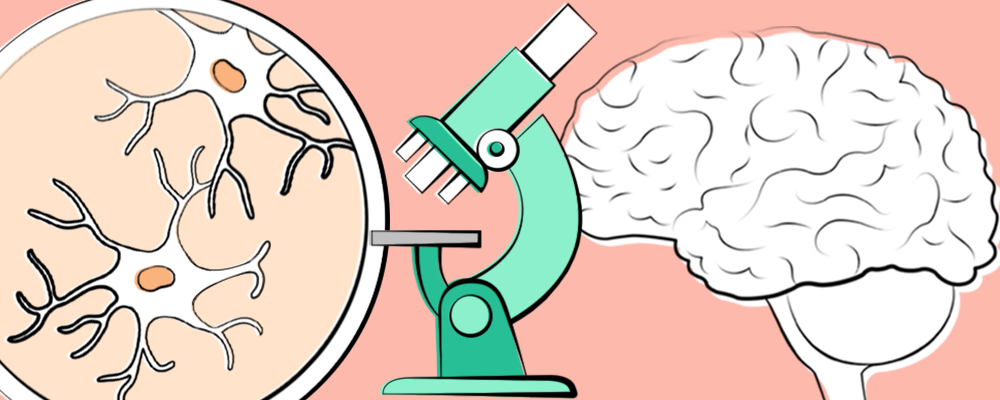The basics
The brain consists of about 100 billion nerve cells, each with a diameter of less than a tenth of a millimeter. Every one of these nerve cells is connected to about a thousand of its neighbors, making up a huge network with more than 100 trillion connections. This makes the human brain the most complex known object in the universe.
In order to think, act, sense and move, it is necessary for the brain to send thousands of electrical signals between nerve cells every second. Just like a cell phone can’t send a text message if the battery is dead, the brain also needs access to energy in order to be able to send signals. Nerve cells get their energy from burning glucose (“blood sugar”) from food together with oxygen from the inspired air. Compared to other organs, the brain needs a very large supply of energy: even though it only weighs about 2% of the total body weight it uses 25% of the oxygen we breathe.
In order to keep up with this large energy need, the brain has many and large blood vessels that (if everything is going according to plan) supply it with the necessary amounts of oxygen and blood sugar.
The structure of the nerve cells
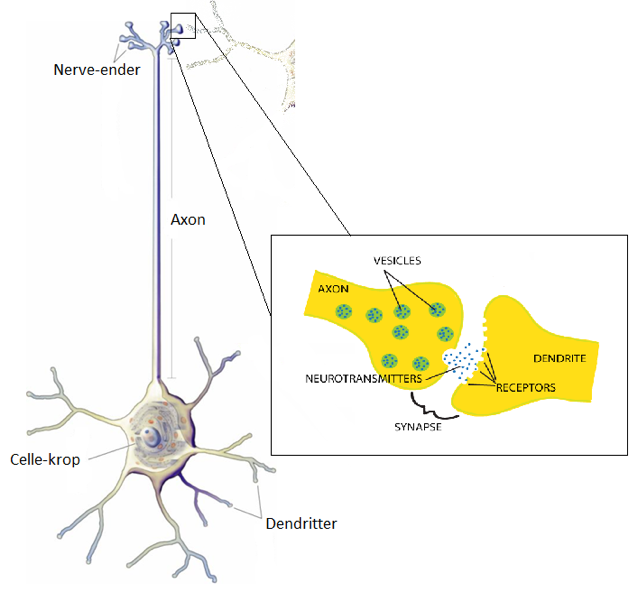
The cell membrane
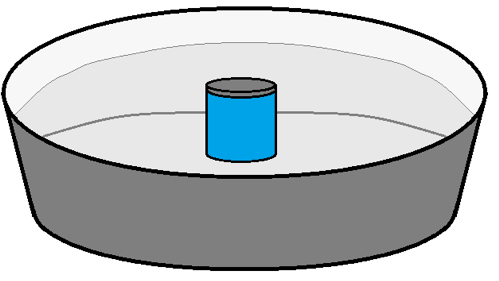
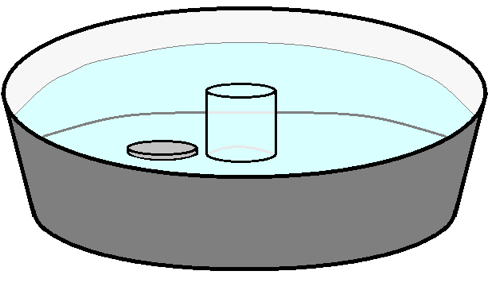
Potassium and sodium: the nerve cell’s battery
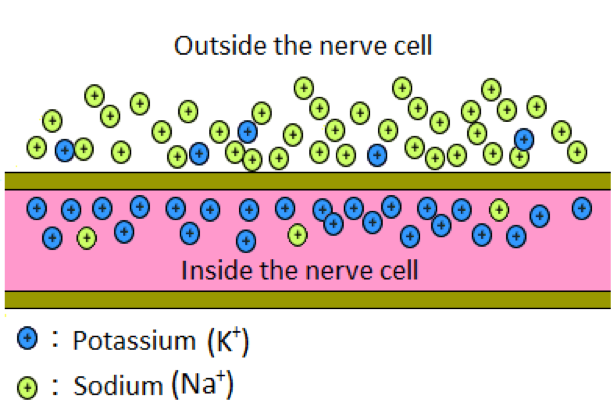
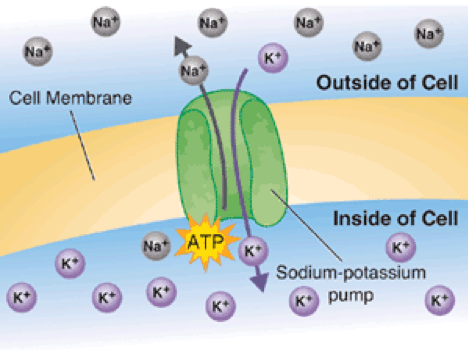
Sending a nerve signal
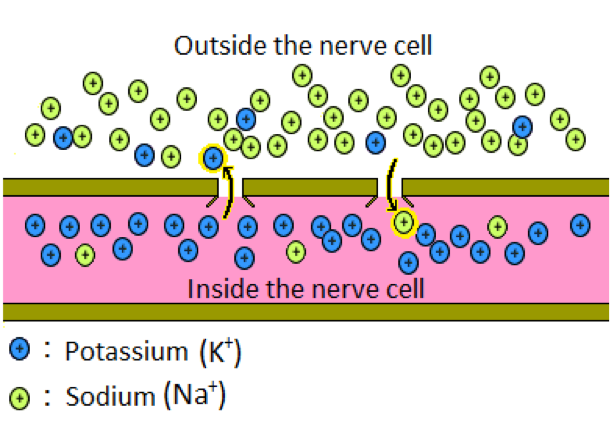
Summing up
The nerve cells in the brain can both send and receive signals to and from neighboring nerve cells.
A nerve cell sends a signal by opening small channels in its cell walls, letting sodium flow in and potassium flow out.
In order to keep working, the nerve cell must continually recharge itself. This is done by pumping the sodium back out and the lost potassium back in, a process which a lot of energy.
Brain cells get their energy from the oxygen and blood sugar which is delivered to the brain by the blood.
